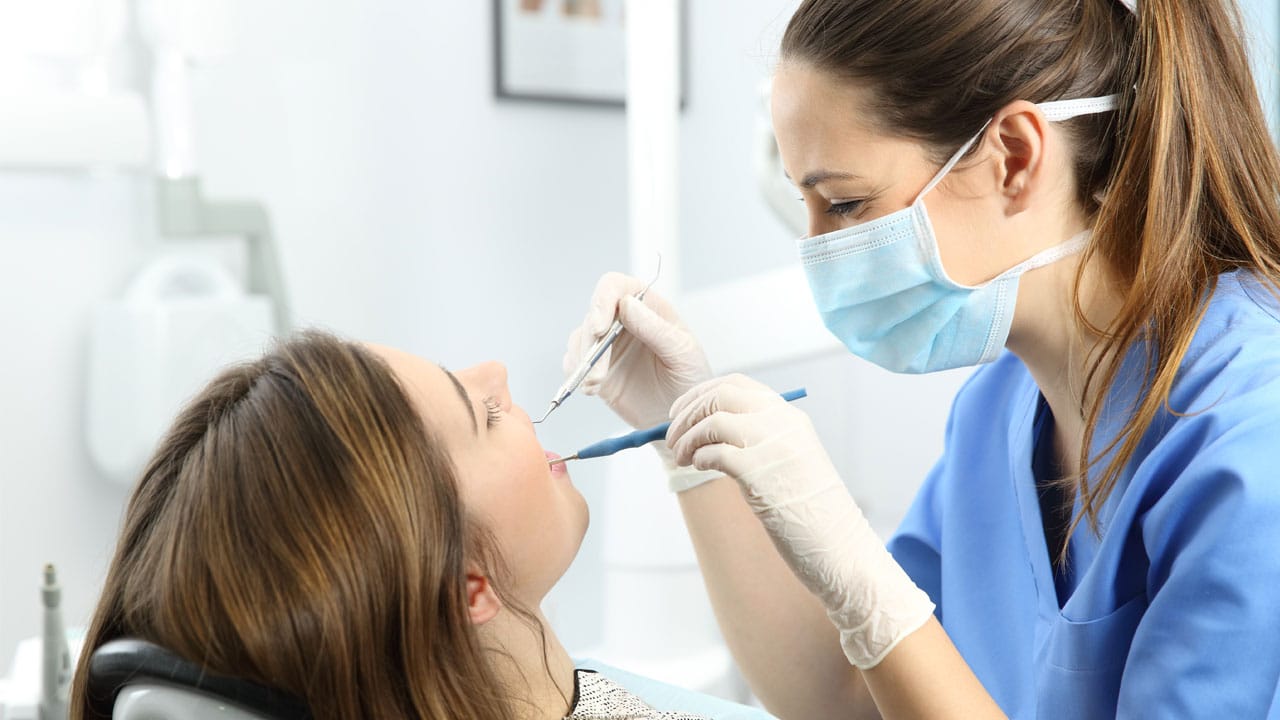
Regrettably, professional teeth cleaning is not something most people love. There are strange noises, prodding, and discomfort in the jaws for good measure. However, teeth cleaning is painless and easy in most cases. Read on to find out why this procedure is critical to your oral health.
Professional Teeth Cleaning Starts with a Physical Exam
A dental hygienist performs most teeth cleanings. They begin with an exam of your oral cavity before getting down to work. The practitioner will check for signs of inflamed gums and other issues.
Teeth cleaning involves getting rid of plaque from the teeth. This is to prevent cavities and gingivitis, which is the first stage of periodontitis. Dental hygienists can remove tartar, which patients can’t do on their own. However, people with dentures can use a denture cleaner to augment their cleaning routine.
Using a scaler, the dental hygienist removes tartar and plaque between the teeth and around the gum line. Tartar is hardened plaque. The process will take longer if you have a lot of tartar in your mouth. Flossing and brushing regularly keeps plaque from hardening.
Special Toothpaste Cleaning
After eliminating all of the tartar, the hygienist brushes your teeth with special toothpaste. You’ll find its consistency to be somewhat gritty. Other than that, it tastes and smells just like normal toothpaste. They use a high-capacity electric brush, which helps get rid of any remaining tartar.
Professional Flossing and Rinsing
Flossing at home, even regular flossing, can’t beat the professional procedure. Your dental hygienist can reach between the teeth and find issues like gum bleeding. They also remove any leftover toothpaste or plaque from earlier in the cleaning process. Then, the dental hygienist rinses your mouth out using a liquid fluoride-containing product to eliminate any residual debris.
Next Steps
Professional teeth cleaning is done twice yearly. Dentists recommend getting an X-ray done once a year. They might suggest further exams depending on their findings in your specific case. A dentist might recommend molar sealants for children. These help prevent cavities in parts that are difficult to brush.
Teeth cleaning is a form of
prophylaxis that cannot be done at home. Even with very careful brushing and flossing, you face a risk of developing problems. This is particularly the case in areas that are hard to reach with regular brushing. Professional teeth cleaning also includes debridement and tooth polishing
, and at times followed by dental tooth whitening. If there is too much tartar, debridement is mandatory. Professionals apply hand tools and ultrasonic instruments. Sometimes, dental hygienists use a saline solution in debridement procedures. They do all this to loosen hard deposits on the teeth. Then, it is easier to eliminate them.
Final Steps
Fluoride treatment is the final step of the professional teeth cleaning process. Dental professionals do this to protect the teeth so you don’t develop cavities, at least in the near future.
Some practices let you choose your flavor of fluoride. This product is a paste or a foamy gel, which the hygienist injects into a mouthpiece and puts in your mouth. It stays on your teeth for about a minute. They will also paint fluoride varnish with a small brush onto your teeth. When it comes into contact with saliva, it gets harder. This means eating and drinking won’t be a problem, even right after the varnish is applied.
To prevent problems from occurring, you need to have professional teeth cleaning done on a regular basis. Downtown Dental is proud to offer
teeth cleaning in Chicago using the latest dental technology.
Our services include cosmetic dentistry, emergency dentistry, professional cleanings, and dental whitening in Chicago. Call your local
dentist in Chicago and schedule a cleaning appointment to put your mind at ease.
We have a dentist in River North and Loop. And if you have urgent dental concerns, our emergency dentist in Chicago, IL, is ready to help. Visit one of our dentists near your location! Visit one of our dentists near your location!
